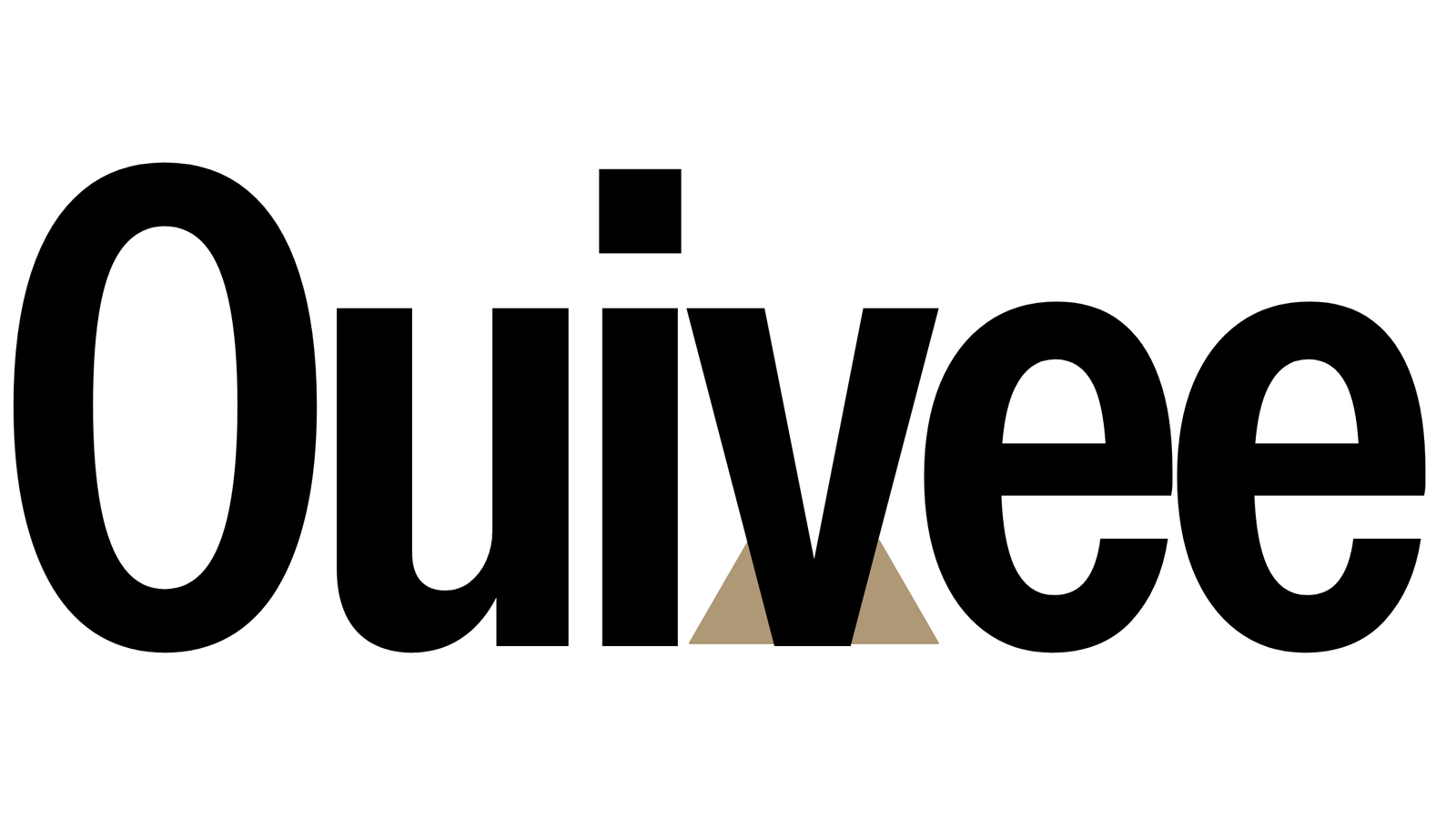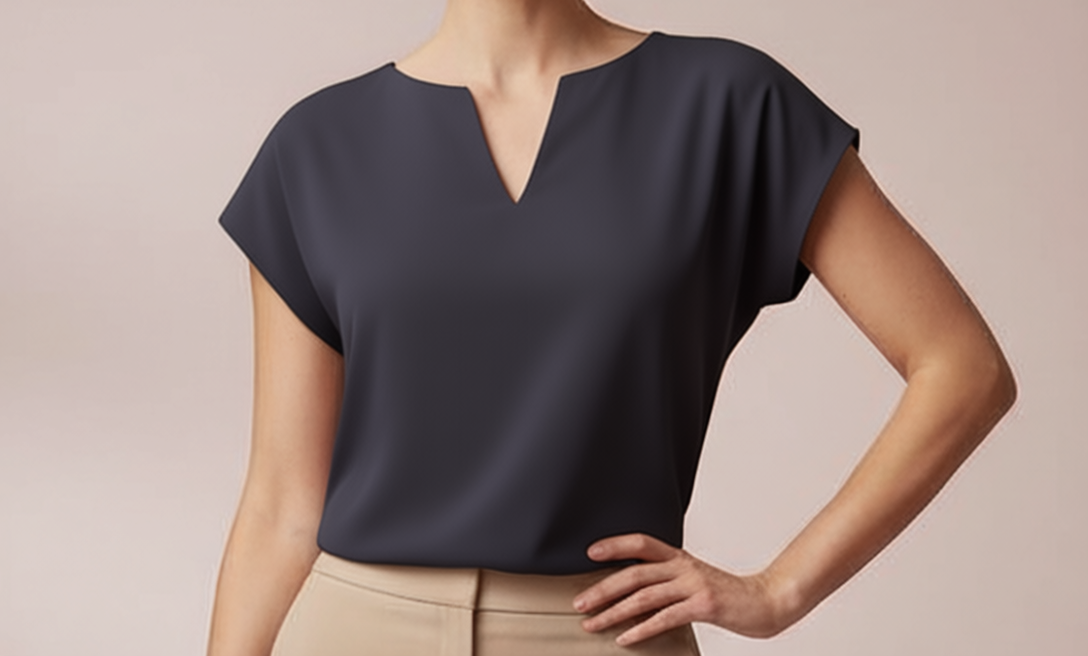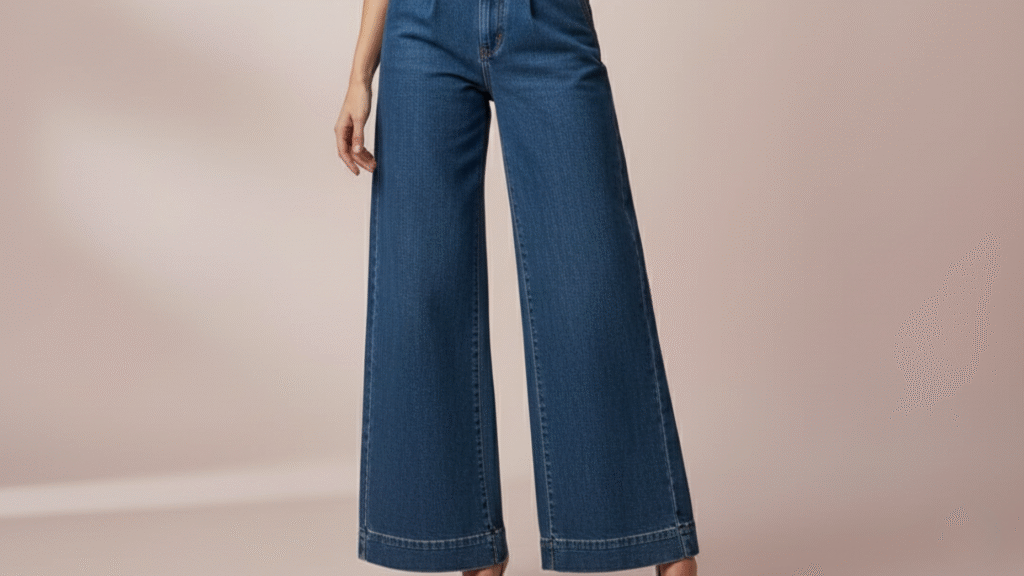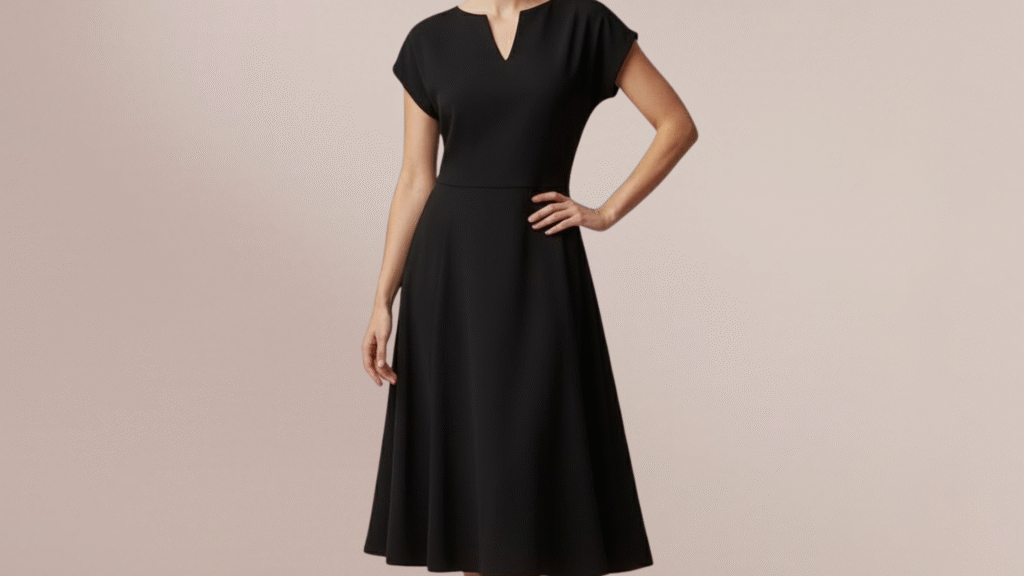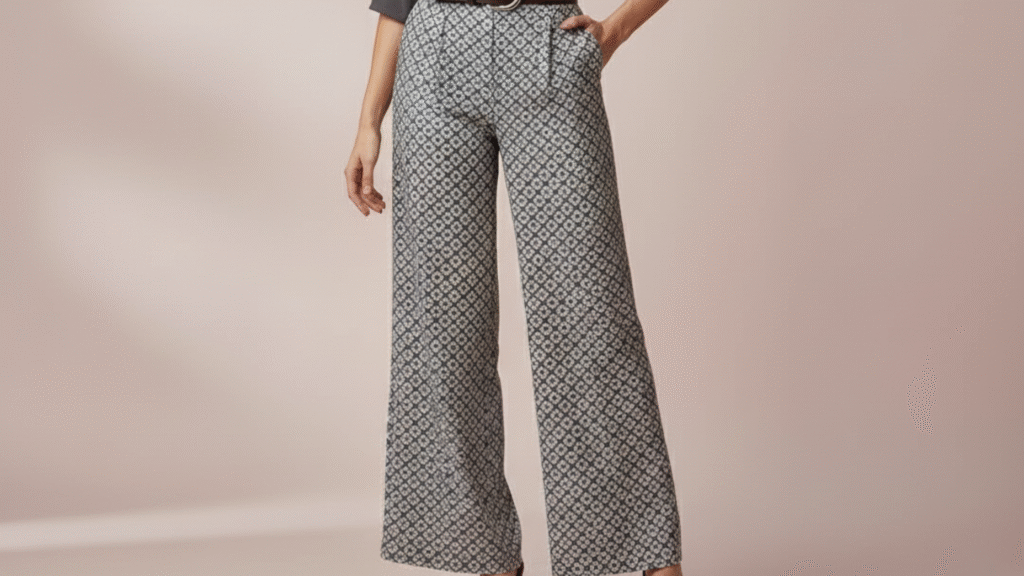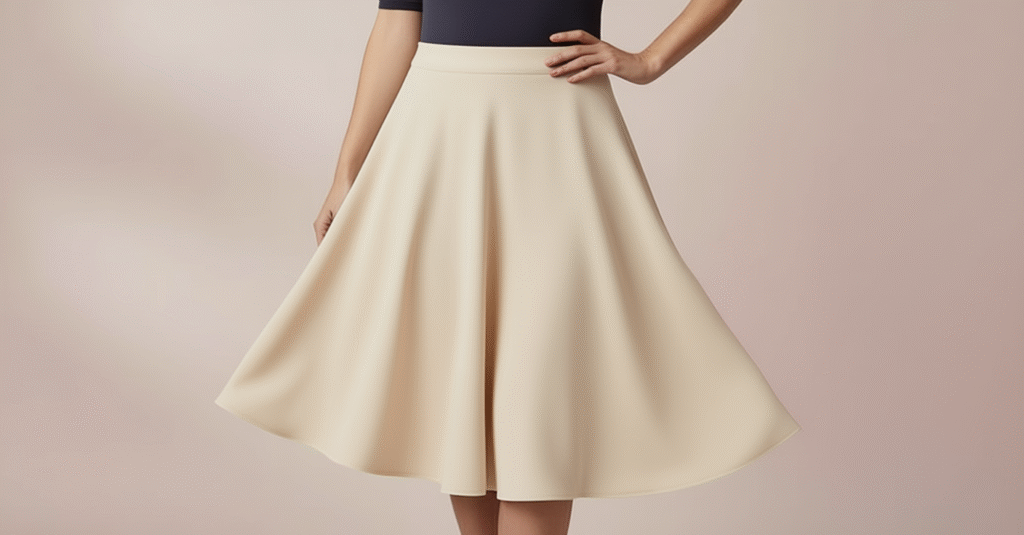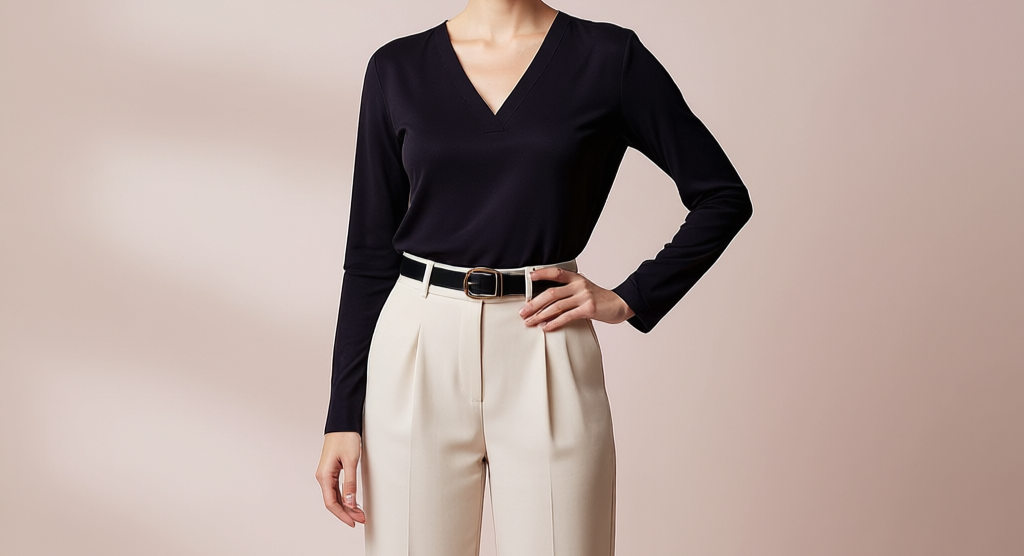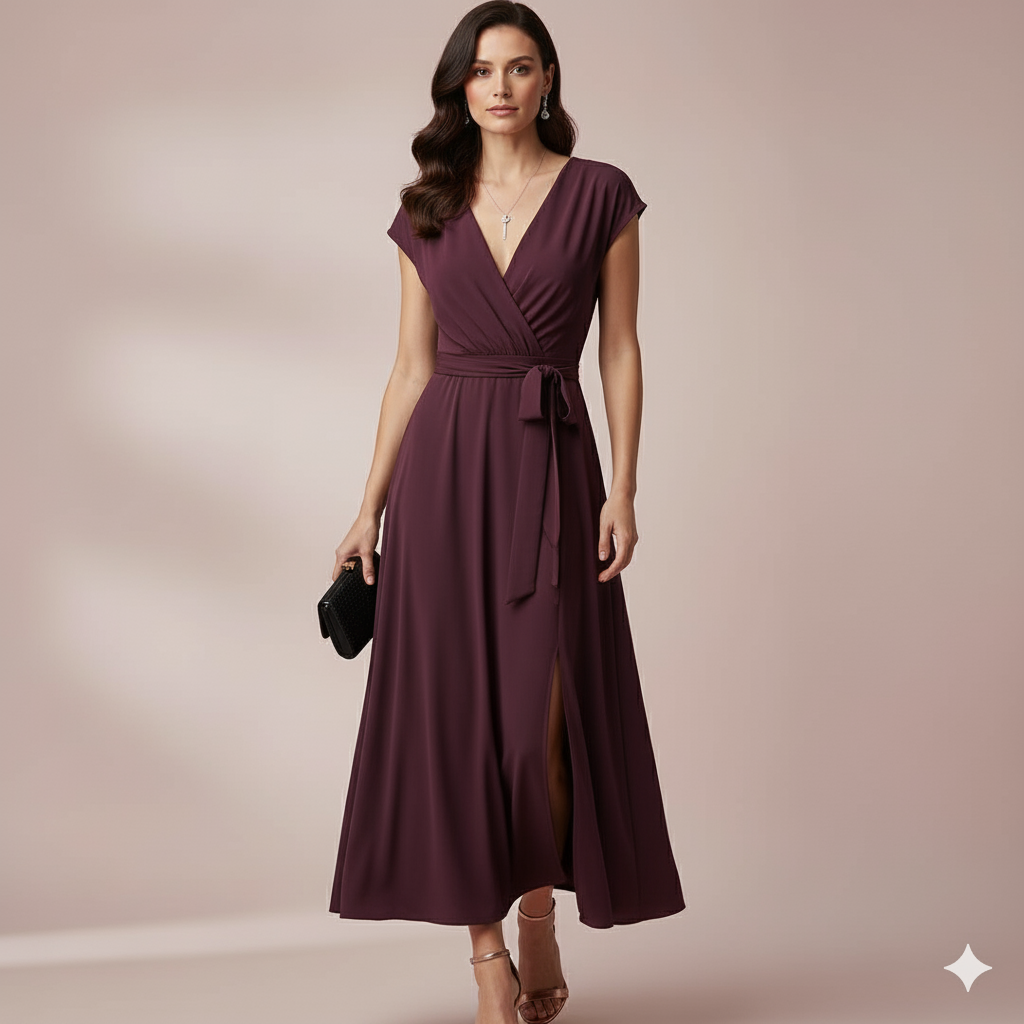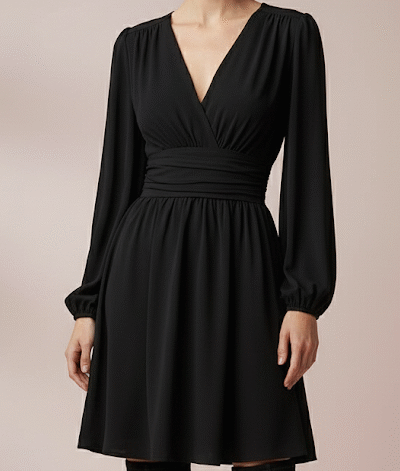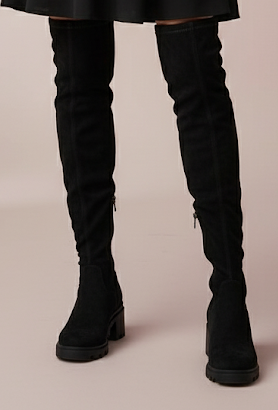Imagine standing in front of your closet, trying on top after top, only to feel like something’s a little… off.
The shoulders feel emphasized, the fit looks uneven, and the balance you’re aiming for just isn’t there.
If this sounds familiar, you might have what’s known as an inverted triangle body shape—a silhouette defined by broader shoulders and a narrower hip line.
It’s a shape that’s often misunderstood. Many women with this figure struggle to find tops that create harmony in their look without making the upper body the star of the show. The good news? With the right choices, your wardrobe can shift from frustrating to flattering.
In this guide, we’ll walk through which tops work best for the inverted triangle body shape—and which ones are better left on the hanger.
What is an inverted triangle body shape?
An inverted triangle body shape is defined by shoulders or bust that are noticeably wider than the hips, with a less defined waist.
The goal for dressing this shape isn’t to hide your shoulders—many women with this build are proud of their athletic or statuesque upper bodies—but rather to create visual balance.
This means drawing attention downward or softening the upper half to achieve a more harmonious silhouette.
Tops to wear: enhancing balance and proportion
When selecting tops, inverted triangle figures benefit from styles that minimize shoulder width, add volume or interest to the lower half, and define or imply a waistline. Below are specific top styles that work well, along with real-world examples.
1. V-neck and deep scoop necks
V-necks elongate the neck and draw the eye vertically downward, which helps counterbalance broad shoulders. A deep scoop neck achieves a similar effect by opening up the collarbone area without adding horizontal lines across the shoulders.
Example: A simple black V-neck silk blouse paired with wide-leg trousers creates a streamlined look that shifts focus away from the shoulders and toward the legs.
2. Wrap tops and wrap-style blouses
Wrap tops naturally cinch at the waist, creating definition where it may be lacking. The diagonal lines formed by the wrap also break up the upper body’s width and guide the eye inward and downward.
Example: A floral wrap blouse in a mid-weight fabric, worn with high-waisted jeans, emphasizes the waist while softening the shoulder line.
3. Tops with vertical details
Vertical elements—such as pintucks, center seams, or vertical stripes—create the illusion of length and narrowness. These details subtly redirect attention along the body’s central axis rather than across the shoulders.
Example: A white blouse with subtle vertical pleats down the front, tucked into a pencil skirt, offers structure without adding bulk on top.
4. Lightweight, drapey fabrics
Stiff or structured fabrics can exaggerate shoulder width. In contrast, soft, fluid materials like rayon, silk, or fine knits drape gently over the body, softening angles and avoiding added volume.
Example: A loose-fitting, drapey tunic in a muted earth tone worn over slim-fit leggings balances proportions without clinging or puffing at the shoulders.
5. Asymmetrical necklines
Asymmetry disrupts symmetry, which can be helpful for those with prominent shoulders. An off-the-shoulder top with one sleeve or a one-shoulder neckline introduces visual interest while reducing the appearance of width.
Example: A one-shoulder knit top in a neutral shade, paired with a midi skirt, adds elegance while minimizing shoulder emphasis.
Tops to avoid: common pitfalls
Certain top styles can unintentionally exaggerate the inverted triangle shape by adding volume, structure, or horizontal lines to the upper body. Recognizing these pitfalls can save time and frustration during shopping.
1. Boat necks and wide necklines
Boat necks (also called bateau or Sabrina necklines) extend horizontally across the collarbone, visually widening the shoulders. Similarly, wide scoop necks that sit at the edge of the shoulders can make the upper body appear broader.
Why it’s problematic: A boat neck sweater may look chic on a pear-shaped figure but can overwhelm an inverted triangle by reinforcing the top-heavy silhouette.
2. Puff sleeves and cap sleeves
While trendy, puff sleeves add significant volume to the shoulders and upper arms—precisely where an inverted triangle doesn’t need extra attention. Cap sleeves, which sit on the very edge of the shoulder, can also create a “shelf” effect that broadens the frame.
Example to avoid: A blouse with dramatic balloon sleeves might look stylish in isolation, but when worn by someone with naturally wide shoulders, it can create a top-heavy imbalance.
3. Shoulder pads and structured blazers (without tailoring)
Shoulder pads were a hallmark of 1980s fashion but are counterproductive for inverted triangles. Even modern blazers with strong shoulder lines can exaggerate width. If you love blazers, opt for unstructured, softly tailored versions or have them altered to remove padding.
Alternative: Choose a relaxed-fit blazer in a lightweight linen blend with natural shoulders, worn open over a V-neck tee and straight-leg pants.
4. Busy prints or embellishments on the upper half
Tops with ruffles, sequins, large collars, or bold patterns concentrated above the bust draw the eye upward and amplify the upper body’s dominance.
Example to skip: A blouse with a statement ruffled collar and polka dots may be fun, but it directs all attention to the shoulders and chest—areas you may prefer to de-emphasize.
5. Cropped tops that end at the widest part of the torso
Cropped tops can work for inverted triangles if styled correctly, but those that end right at the ribcage (the widest part of the upper torso for many) can create a boxy effect. Instead, opt for crops that hit just above the natural waist or pair them with high-waisted bottoms to create an hourglass illusion.
Better approach: A slightly longer crop top that grazes the narrowest part of your torso, worn with high-waisted wide-leg pants, can help define the waist and balance proportions.
Practical styling tips beyond tops
While this article focuses on tops, achieving balance involves the entire outfit. Consider these complementary strategies:
- Bottoms with volume or detail: skirt styles that flatter like A-line skirts, wide-leg pants, or jeans with patch pockets add visual weight to the lower half.
- Belts: use belts to define the waist, especially with tunics or dresses.
- Layering: long cardigans or duster jackets that extend past the hips create vertical lines and add lower-body volume.
- Color and pattern: wearing darker colors on top and lighter shades on the bottom can shift visual focus downward.
Final thoughts
Dressing an inverted triangle body shape isn’t about restriction—it’s about strategic choices that honor your natural structure while creating harmony.
The key is balance: softening the upper body without hiding it, and enhancing the lower half to achieve proportion.
By understanding which tops complement your frame and which ones disrupt it, you can build a versatile, confidence-boosting wardrobe that works with—not against—your silhouette.
Remember, fashion rules are guidelines, not laws. If you love a boat neck or puff sleeves, wear them with confidence—but consider balancing them with a fuller skirt or wide-leg pants to maintain proportion.
